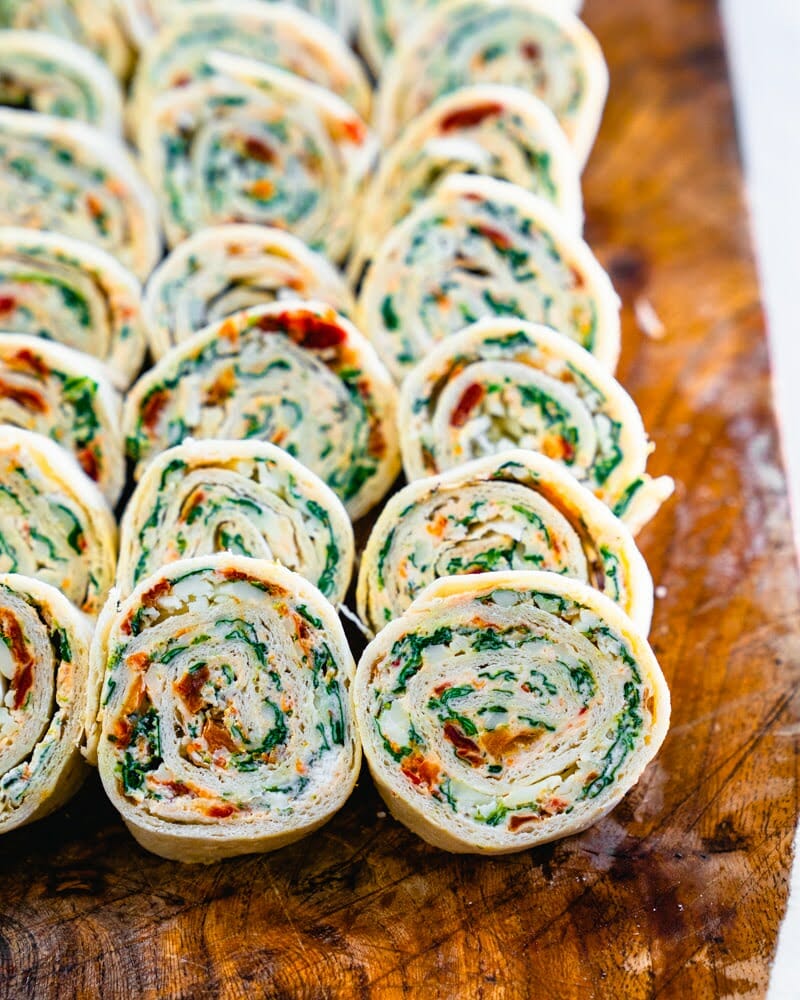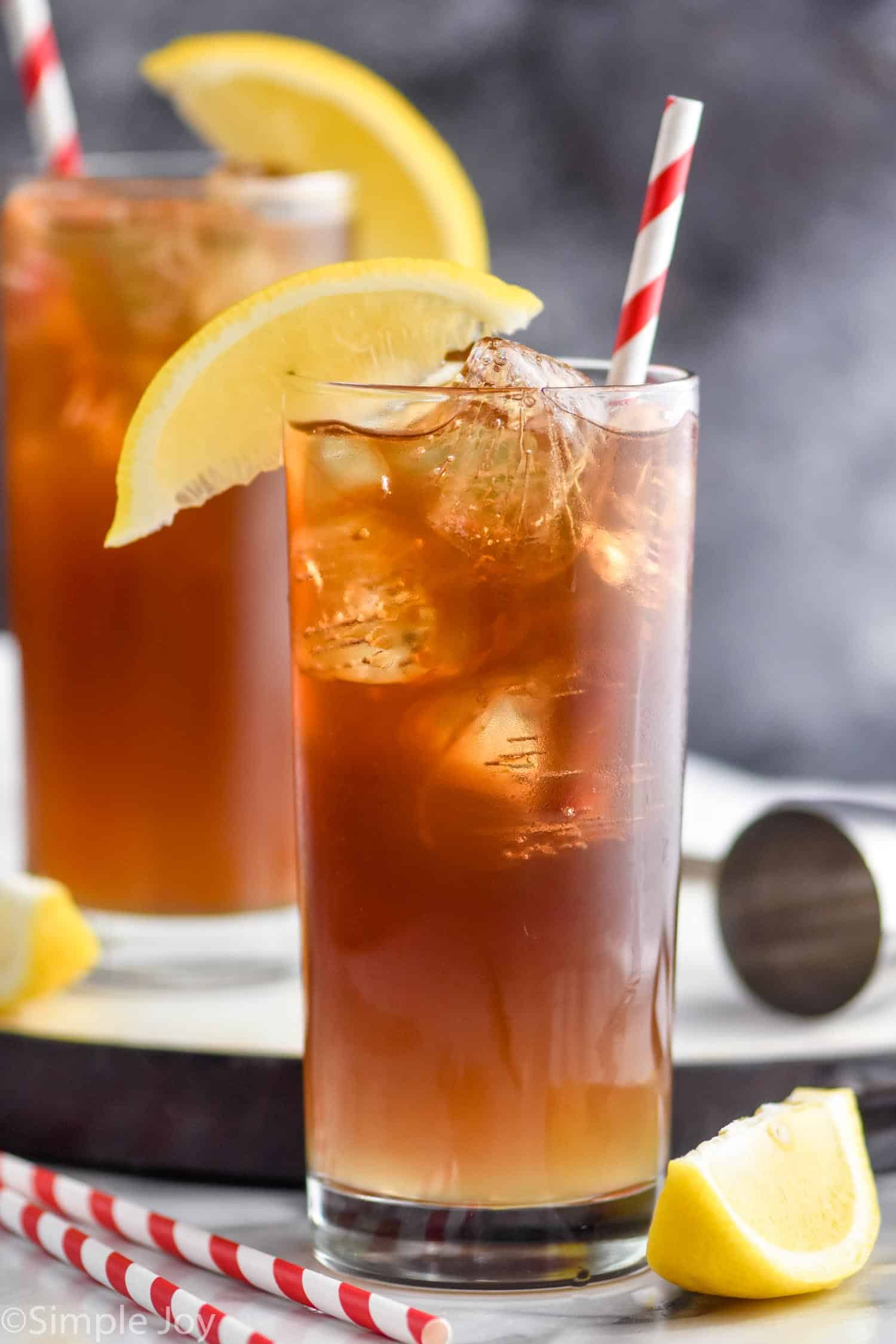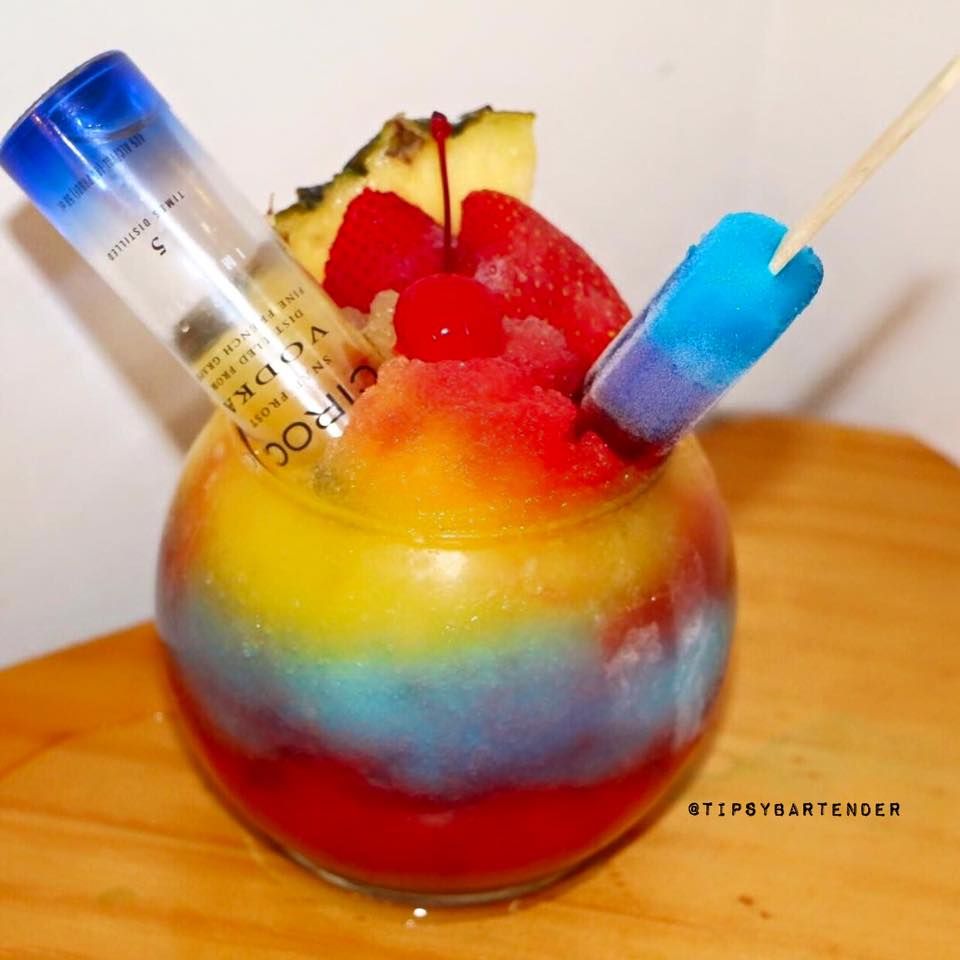
When you're looking to get a job as a bartender in California, it's important to understand the laws regarding alcohol service. This can help you avoid fines, embarrassment and time wasted on a violation of the law.
How to get a California Bartender License
Before they can start working in California, bartenders and servers, as well as waiters, must have completed valid ABC-approved training. A list of approved training providers can be found at the California Department of Alcoholic Beverage Control’s RBS Portal.
Will my employer reimburse me for the RBS Certification?
California employers are unlikely to reimburse you for your bartender certification fees unless the establishment requires it. It can be a great way to show that you are serious about the job by bringing your RBS certificate to interview.

California minimum wage and bartending law
Bartenders in most states are paid minimum wage of $14 an hour. This will depend on which establishment you work in, and whether or not tips are included. If you're a tipped employee, your earnings can be significantly higher than the minimum wage.
Does a California Bartender Have to Be a Lawyer?
Although there aren't any laws that prohibit bartenders from being lawyers, it's a good idea to make sure you have a background in legal matters before entering this field. This can help you stand out in California when applying for a bartending position and will simplify the interview process.
Do I Need to Get Bartending Certification?
Out of the 21-year-old federal minimum age for drinking alcoholic beverages, every state has its own requirements in relation to the sale and/or consumption of alcohol. These regulations are intended to prevent the public from drinking in unsafe situations and ensure that all patrons receive proper service at bars or restaurants.
Can I become a bartender when I turn 18 in California
Although 18 is the minimum age to become a bartender in most states, it can vary from one place to another and even within the same city. Sometimes, the age limit can be reduced only if someone younger than 18 is working under supervision.

What age can you be a bartender in California
It can be difficult to understand the requirements of being a bartender if you are not sure about your age. California's legal drinking age for most alcoholic drinks is 21. It is also the minimum age of most bartenders, and cocktail servers.
However, there are exceptions. Only 18-year-olds can pour alcohol, provided the person who serves the drink is not less than 21 years old and that the establishment is a legal restaurant.
FAQ
What are the best mixed drinks to order at bars?
I would recommend the Old Fashioned. This is a classic cocktail made with bourbon whiskey.
This drink is named after the fact that it was originally made without any ice. The original recipe contained only whiskey, sugar and bitters.
Because they liked the taste of the old-fashioned version, people added ice to their mix.
You might also consider a Manhattan. This is another great option. This is essentially a variant on the Old Fashioned. Instead of using Bourbon, you can use Rye Whiskey. And instead of using sugar, you use sweet vermouth.
This is a popular choice among bartenders because it's easy to make and tastes delicious.
Why are there so Many Different Types of Ice Cubes?
Ice cubes come a variety of sizes and shapes. Ice cubes are used to cool drinks and add flavor. You can make daiquiri with crushed ice, or margaritas with cubed ice.
Why is a martini delicious?
A martini is the ultimate cocktail. It is the simplest cocktail, but it has a complex flavor. It's made of equal parts vermouth and gin.
Gin is made of fermented juniperberries. It is well-known for its refreshingly smooth flavor. Vermouth is a fortified wine that contains herbs such as wormwood or gentian. These two liquids combine to create a delicious mixture of sweet flavors and sour tastes.
Statistics
- You can simply follow the rule of thumb: $1/beer or wine, $2/ cocktail, and 10-20% for large tabs. (alembicbar.com)
- According to a post on Quora, the average bartender can make upward of 140 drinks per hour. (gloworder.com)
- its content makes it 10.5%, which is far less than wine. (breakingtheboredom.com)
- The tequila should be 100 percent agave, not the cheaper “mixto” products, which blend a minimum of 51 percent agave with other sugars. (cooking.nytimes.com)
External Links
How To
Favorite Drinks For Beginners
Favorite Drinks for beginners
A beginner is someone just beginning to drink alcohol. A beginner only drinks one beer at time, often while watching TV or playing video games. A beginner may not be very comfortable with alcohol.
It is important to know what you like. You should try many types of alcoholic beverages. Try different brands and flavors. If you like something, buy it again and again until you find your favorite flavor. Once you know what you like you can experiment with different types alcoholic beverages.
To be a good shopper, you need to understand the difference between non-alcoholic drinks and alcoholic beverages. Alcoholic beverages contain alcohol. Non-alcoholic beverages are free from alcohol. Beer is alcoholic. Wine is alcohol. Whiskey has alcohol. Vodka also contains alcohol. Gin contains alcohol. Rum contains alcohol. Tequila contains alcohol. Brandy contains alcohol. Bourbon whiskey has alcohol. Scotch whisky is a form of alcohol. Whisky contains alcohol. Cognac is also alcoholic. Champagne contains alcohol.
Pregnant women should not consume alcohol. Drinking alcohol during pregnancy could cause birth defects. It can also lead to miscarriage.
It's addictive. You can get drunk if your alcohol intake is excessive. Drunkenness can cause you to make poor decisions and be foolish. Alcoholism can develop when you drink too frequently.
There are many different ways to enjoy alcohol. Some people prefer to drink alone. Others like to have their friends by their side. Some prefer to go out alone with their families. There are many ways to drink.
Moderation is the key to alcohol consumption. Moderation means having only one drink per day. One drink is equivalent to 1/2 ounce (14gm) of pure alcohol. For example, if you drink 2 beers, you've had 3/4 of an ounce (28 grams) of pure alcohol, which is enough to make you feel tipsy.
In conclusion, I'd say alcohol knowledge is key to being a good drinker. Next, you should try out different types of alcoholic drinks to discover which ones you prefer. After that, you need to practice moderation.